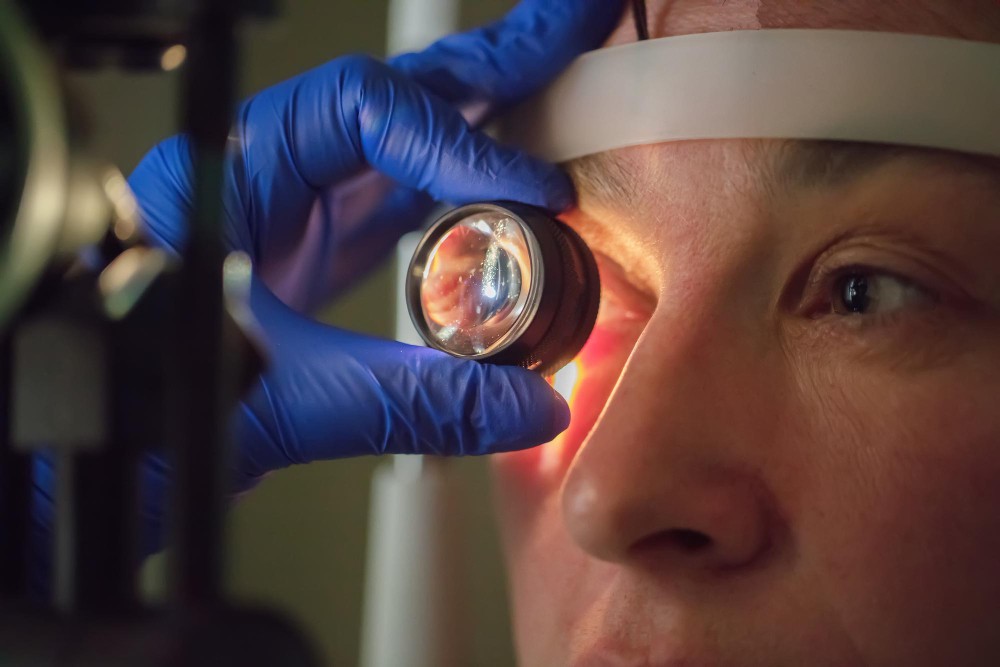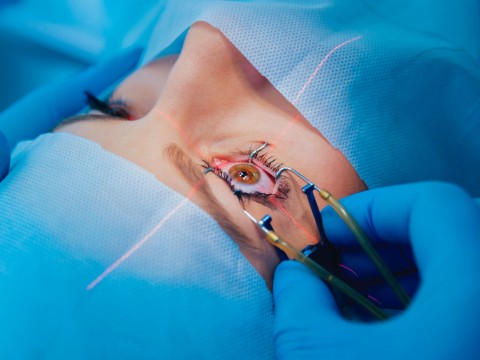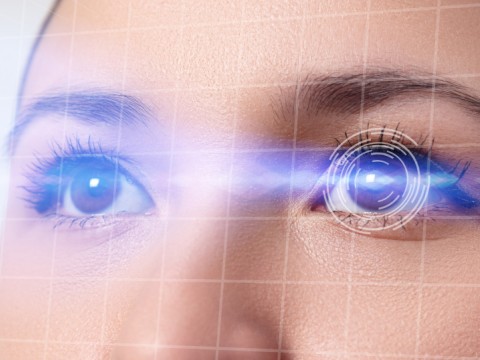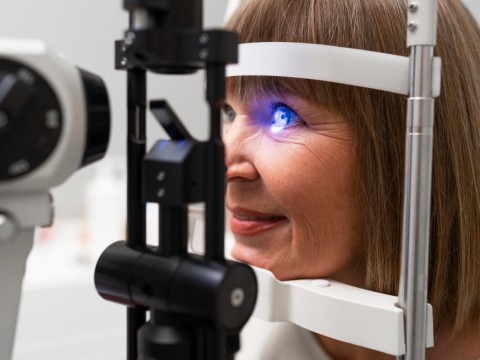Quote of Dünyagöz
"Monofocal Femto" signifies cataract surgery involving a monofocal intraocular lens implantation with the assistance of femtosecond laser technology. The use of femtosecond lasers can enhance the precision and accuracy of certain steps in the surgical process. However, the choice of a monofocal lens means that the vision is optimized for one specific distance, and glasses may be needed for other distances.
- Health Insurance
-
Accommodation
- Online Healthy Life Assistant 9/5
- Post - Experience Follow Up 6 Month
-
Extra Privileges
- Transfer

- Health Insurance
-
Accommodation
- Online Healthy Life Assistant 24/7
- Post - Experience Follow Up 1 Year
-
Extra Privileges
- Pre-Treatment Doctor Consultation
- Transfer

 Private
Private
- Health Insurance
- Healthy Life Butler
- Post - Experience Follow Up 2 Year
- World-Famous Doctor Consultation
-
Extra Privileges
No suitable hotels were found on the relevant dates!
* Price varies depending on extra and upgrade selections.
-
Monofokal Fako (Both Eyes)SelectStarting From 3,529.00 €
-
Multifokal Fako (Both Eyes)SelectStarting From 8,235.00 €
-
Multifokal Femto (Both Eyes)SelectStarting From 9,412.00 €
-
Multifokal Toric Fako (Both Eyes)SelectStarting From 9,412.00 €
-
Multifokal Toric Femto (Both Eyes)SelectStarting From 10,588.00 €
Cataracts are a natural cloudiness that develops on the eye's lens as we age, leading to blurred vision. When traditional corrective measures fail, cataract surgery becomes essential to replace the clouded lens with a synthetic intraocular lens.
While all surgeries involve some level of risk, cataract surgery is a relatively safe procedure when performed by expert doctors. With experienced surgeons, the risks are minimal.
Cataract surgery is performed under local anesthesia, numbing only the eye area without rendering the patient unconscious. The surgeon makes a small incision on the eye surface and removes the clouded lens. Typically, an artificial lens (intraocular lens) is then placed in the position of the removed lens. Thanks to the use of modern technology, cataract surgeries are generally carried out smoothly and swiftly. Patients often experience a significant improvement in their vision after the surgery.
An IOL is a synthetic lens implanted to replicate the natural lens function.
Advanced IOLs often eliminate the need for glasses, but patients opting for traditional single-vision IOLs may need glasses for reading and computer work post-surgery.
Cataracts can indirectly cause nearsightedness or farsightedness and, in rare cases, may lead to glaucoma if left untreated.
Patients may experience minimal pressure but rarely feel pain during surgery. Anesthesia and medication ensure comfort, and the procedure typically takes around 20 minutes.
Cataracts do not redevelop after surgery, but clouding of the lens capsule may occur, requiring a capsulotomy for correction.
The femtosecond laser is a new technology used in cataract surgery. It has been successfully used in refractive surgery for 15 years and is now an important part of bladeless laser surgery for cataracts. Before the surgery, the femtosecond laser performs important maneuvers to ensure precision and safety. This technique, also called bladeless laser surgery, makes the overall surgical process easier and safer by completing certain stages beforehand. The femtosecond laser also helps mark the correct position for the lens implantation, which improves the outcome of the surgery.
The initial recovery period after cataract surgery is relatively quick, with many patients experiencing improved vision within a few days. However, complete healing and stabilization of vision may take several weeks.




